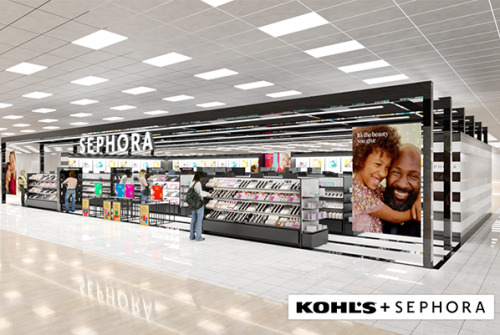It would be easy to think that in a capitalistic society, friendships between companies could only be superficial. That everyone is only looking out for themselves. That if you don’t reach for the profits, someone else will.
You know. Like one dog waits on another.
Co-Branding
But you would be wrong to make such a conclusion, because the story of marketing is filled with examples of partnerships and strategic alliances. Or as we like to call them, co-branding. Think synergy, that handy little word derived from the Greek that means to “work together.” Or, more aptly put, the whole is greater than the sum of the parts.
Co-branding has been going on since the 1930s in the hospitality industry, which includes hotels and food service. In many cases, we do not even realize it is going on, but it is by design to attract and retain customers. By partnering with another established brand, like placing a familiar restaurant brand in an equally familiar hotel, you give people two reasons to stay there.
Filling Both Tanks
More recently, we have seen co-branding in convenience stores and truck stops. Once again, these partnerships commonly go flying right by us, but think back to your last road trip. Invariably ou took the off-ramp from the freeway. You were presented with a Love’s and a Flying J. They both had the same price for gas, so which one do you pick?
The one with the best food choices, that’s which one. Familiar brands like Subway, Burger King, McDonald’s, and others may be all it takes to get you to turn right instead of left. The new Toot-N-Totum being built on Amarillo’s east side is a good example as well, with a Wendy’s slated to occupy one end of the structure.
And now, thanks to the pandemic and the devastating effect it has had on retail, co-branding has become more important than ever. Companies as far-flung as Apple, Sephora, Kohl’s, Ulta, and more are forging new relationships to make synergy happen in the brick-and-mortar world.

Nothing New Here
Of course, it’s not that these things weren’t already happening. Best Buy partnered with Apple many years ago to have a small section of its stores dedicated to sexy iMacs and MacBook Pros. JCPenney had Sephora locked in as well. Because of poor management and equally abysmal sales at JCP, though, Sephora is leaving for the more fertile ground of Kohl’s.
Meanwhile, Target is doubling down on its partnerships, having enjoyed great success by inviting CVS to run its pharmacy department a few years ago. It is now installing boutique stores-within-a-store with Apple and Ulta.
The goal, just as in putting that Subway in the Flying J, is to add value to the customer experience. If you can shop at Apple, Ulta, and CVS while at Target, suddenly this becomes a value proposition. It’s classy. It’s convenient. And it’s cool.
Just Do It
Now more than ever, retailers need to go this extra mile to remain competitive, not just in the terrestrial domain, but also virtual. With e-commerce enjoying significant gains as a result of the pandemic, those still toiling in the trenches need to provide us with ever more reason to cross their threshold. It can’t be someone else’s, and certainly not Amazon’s electronic doorway.
Synergy is a two-way street, of course, so the benefits are not going to just one party. Ulta seeks to gain from its relationship with Target as much as Target hopes to benefit. The same goes for Apple and CVS. It’s cheaper to put stores inside other stores than it is to rent or build separate facilities. Target gets the exclusives of having those brands under its roof, and at the same time, is outsourcing expertise that it may not be able to otherwise do.
While I do not profess to know anything about cosmetics, I can imagine women placing a lot more trust in an Ulta inside Target than trusting Target alone with their needs. If you don’t quite get it, consider the alternative: buying your cosmetics at Walmart, which has yet to embrace co-branding other than having a Subway near the front door.
But There Are Limits
Naturally, there are some limits. Not everyone is going to be impressed. People who do not eat fast food will select the truck stop with the least traffic. Those prone to shopping online will be blissfully aloof to much of this.
Well, except for the next time I need to buy something from Apple in a hurry. But I digress.
Meanwhile, watch for ever more of these strategic partnerships. Synergy is beautiful to watch. It’s the new math. It’s when 1 + 1 = 3, and you find yourself turning right.
Instead of left.
Dr. Nicholas Gerlich
Hickman Professor of Marketing


